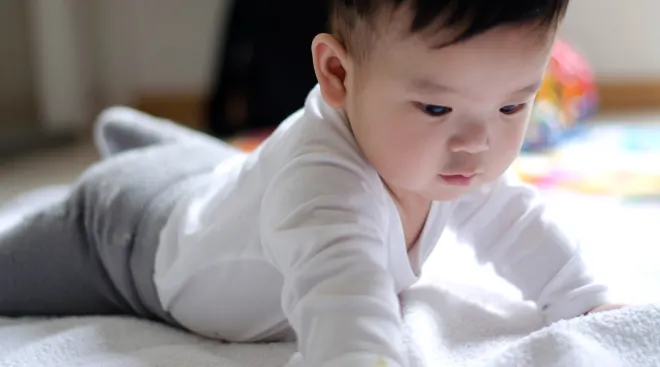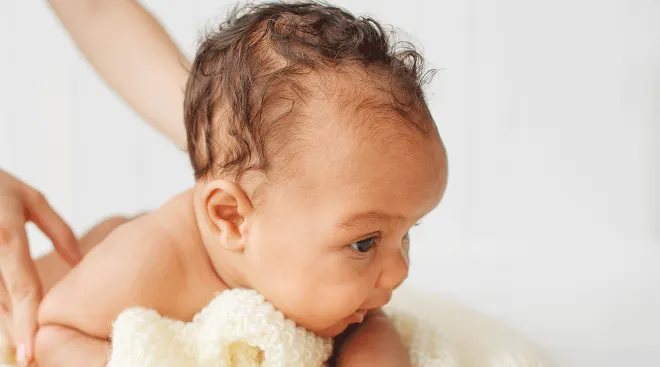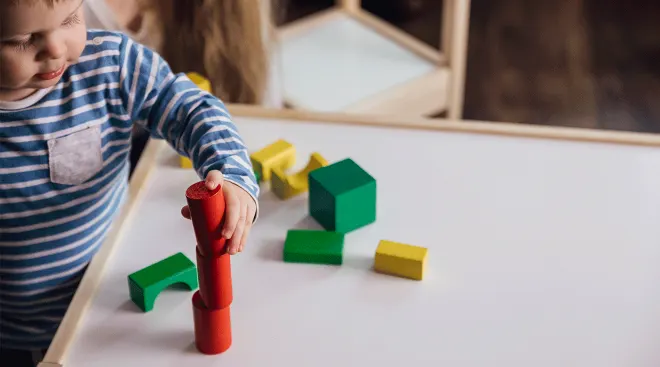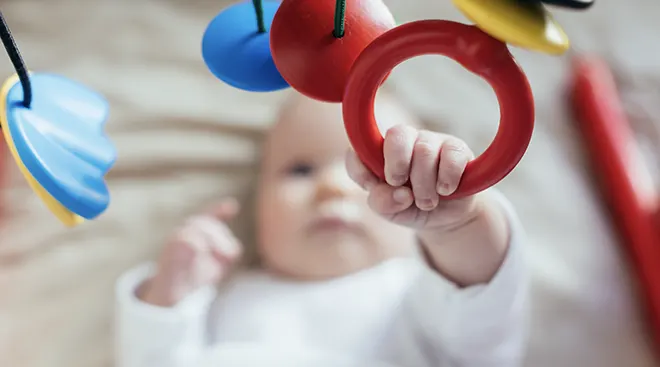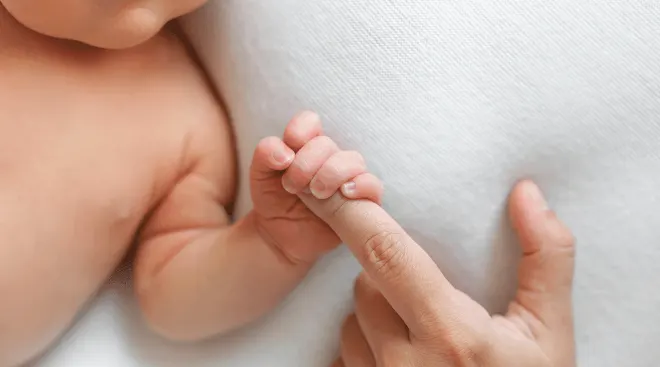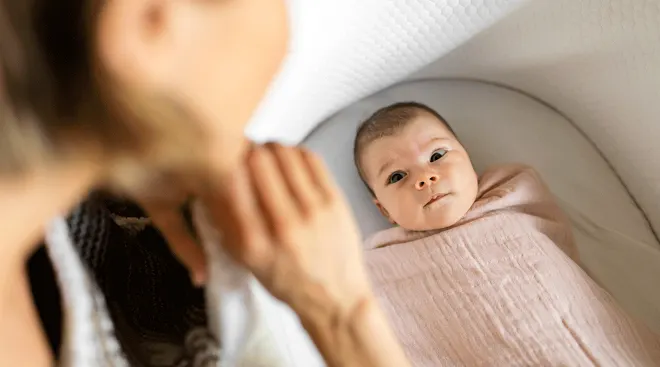Do Babies Have Kneecaps?
When your little one arrives, there are a million questions that pop up, but here’s one you might not have thought of—do babies have kneecaps? This surprising query recently took the internet by storm thanks to a viral video, sparking curiosity among parents everywhere. Naturally, we had to get to the bottom of it. We consulted experts to find out the truth on how kneecaps develop in babies—and when to reach out to your pediatrician with concerns. Here’s what to know.
This is a bit of a tricky question, but if you ask the experts, they’ll say yes—babies are technically born with kneecaps. “Babies are indeed born with kneecaps, but because they’re made entirely of cartilage, it looks like they don’t have any,” says Dipesh Navsaria, MPH, MSLIS, MD, a professor of pediatrics and human development and family studies at the University of Wisconsin-Madison.
You probably know cartilage as the rubbery tissue that makes up most of your earlobes and the tip of your nose, but it’s also what forms the building blocks of what develops into the hard, bony structure we know as kneecaps. “This isn’t unique to kneecaps,” Navsaria adds, “but is found in a number of places throughout the body, which have many more cartilaginous elements but become bone as children develop. This extra flexibility afforded by cartilage is helpful in the process of being born, or the crawling and learning how to walk that involves many falls and collisions as children grow.”
While babies are born with the building blocks of kneecaps, the development of the hard, bony structure we know comes later in life. Christine Greves, MD, FACOG, an ob-gyn at the Orlando Health Women’s Institute, says the process of ossification or the hardening of the kneecap, starts with small bits of bone centers that congregate together and expand. While X-rays can pick up on this gradual process at 2 or 3 years old, the kneecap doesn’t reach “primary ossification” or the development of a bony, hard structure until 5 or 6 years old. The knee itself can take up until puberty to fully fuse together.
The process of baby’s kneecap development may be interesting, but Navsaria says that it’s hardly ever a topic of concern. “No pediatrician I know has ever spent any time worrying about issues with kneecap development in typical children,” he notes. The kneecap is only one part of the knee, and it’s usually not the one we spend time considering if there is an issue. Many things that are identified as ‘knee pain’ are related to the knee joint itself, or the various ligaments and tendons in the area and so forth. The kneecap is part of that whole structure, but it’s rarely the main issue, Navsaria adds.
That said, both Greves and Navsaria note that you shouldn’t hesitate to contact your pediatrician if you notice any issues such as swelling, redness or difficulty walking. “It’s very important you regularly attend scheduled pediatric visits to make sure that if there are concerns, they can be found earlier,” says Greves. No ifs, ands or kneecaps about it!
Please note: The Bump and the materials and information it contains are not intended to, and do not constitute, medical or other health advice or diagnosis and should not be used as such. You should always consult with a qualified physician or health professional about your specific circumstances.
Plus, more from The Bump:
Christine Greves, MD, FACOG, is an ob-gyn at the Orlando Health Women’s Institute. She received her medical degree from the University of South Florida College of Medicine.
Dipesh Navsaria, MPH, MSLIS, MD, is a professor of Pediatrics and of Human Development and Family Studies at the University of Wisconsin–Madison. He is the current chair of the Council on Early Childhood at the American Academy of Pediatrics and continues to practice primary care pediatrics in outpatient settings.
Learn how we ensure the accuracy of our content through our editorial and medical review process.
Navigate forward to interact with the calendar and select a date. Press the question mark key to get the keyboard shortcuts for changing dates.










































